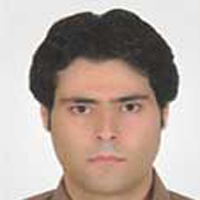Study of land use variation using remote sensing and GIS (Case study: Baba Vali Sihahkal Basin)
Author(s):
Abstract:
In the present study, land use changes in Babavali Basin watershed have been evaluated over a 13- years period. For this research, 2000 Landsat 7 satellite ETM + images and Landsat 8 satellite imagery have been used. After performing the required actions in the preprocessing stage, the maximum probability of the images is classified. The land use map of the region was obtained in 2000 and 2013 the validation results with ground realities and field visits indicate the total accuracy is equal to 0.89 and 0.88. The Kappa coefficient is equal 0.88 and 0.88 in the ETM + images of 2000. Therefore the Landsat 8 of 2013 was acceptable.
Keywords:
Language:
Persian
Published:
Mapping and Geospatial Information Journal of Guilan, Volume:2 Issue: 2, 2017
Pages:
26 to 32
https://www.magiran.com/p1956286
سامانه نویسندگان
مقالات دیگری از این نویسنده (گان)
-
Investigation of the effect of flood on the restoration of the water body of selected wetlands in the Molab Watershed by remote sensing, case study: Gori-Balmak Wetland and Poldokhtar triple wetlands
Parastoo Karimi, Masoud Kherkhah Zarkesh *, , Zahra Azizi, Hossein Yousefi
Journal of Watershed Engineering and Management, -
Investigating the trend of water level changes in Allahabad wetland by using temporal images
Meisam Mafi, Zahra Azizi *, Parastoo Karimi,
Iranian Journal of Eco Hydrology,


